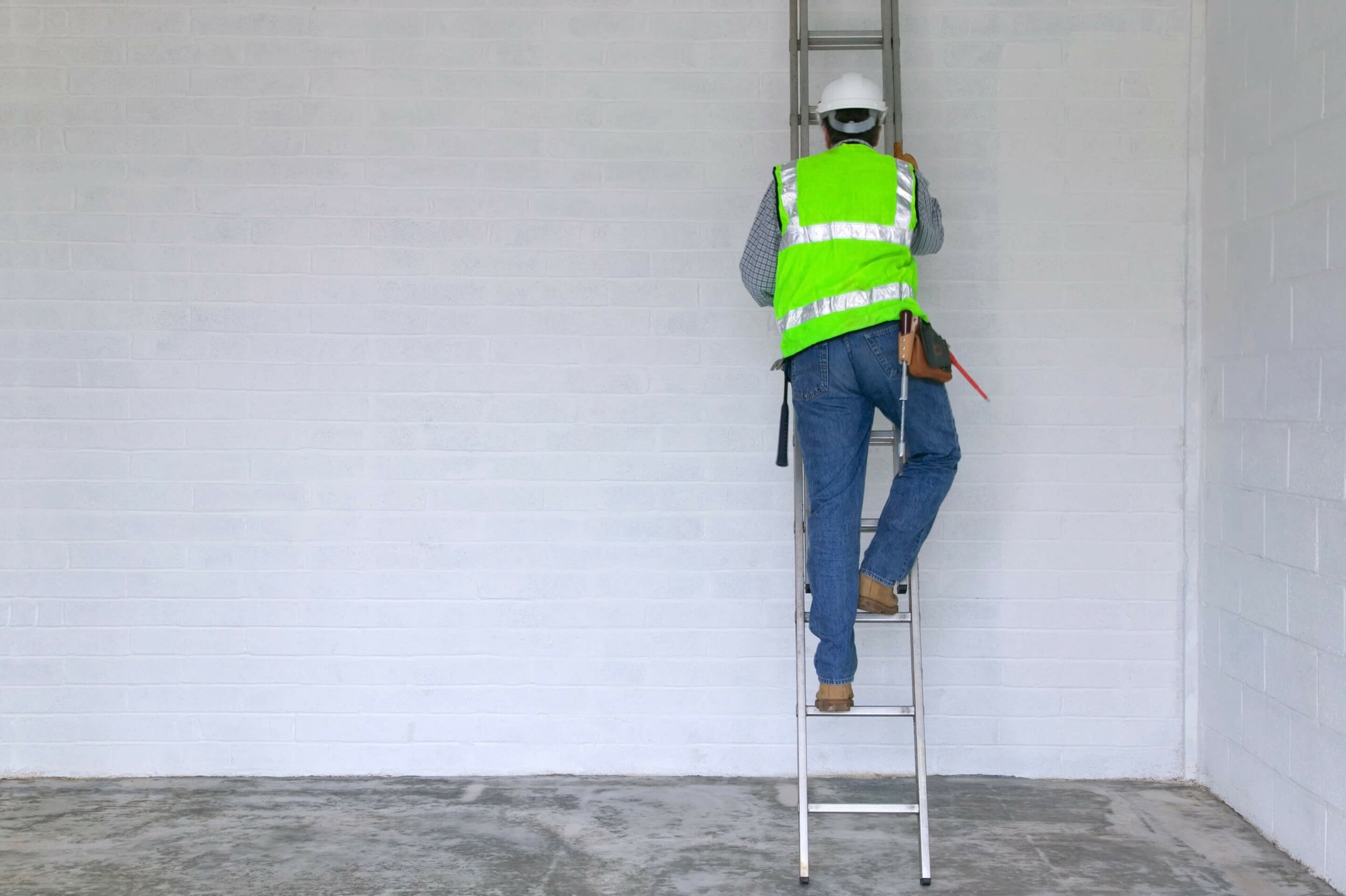Contents of this Post
ToggleA ladder is one of the best pieces of equipment you can own. The majority of people have one in their homes or workplaces. Incorrect use, however, may threaten an individual’s safety. Construction workers from New York to New Mexico can avoid serious injuries by following the standard ladder safety guidelines.
The use of construction ladders should be limited to simple access jobs and short-term tasks. Another option is to use scaffoldings or elevated work platforms instead of ladders. Thousands of construction companies use ladders daily. If you are unsafe when using a ladder, you could have to speak with one of the best ladder accidents in New York lawyers available. Let’s take a closer look at a few crucial construction ladder safety guidelines that should always be followed.
Check Ladder Safety
As a ladder age, it may develop issues that render it unreliable. Ladders should be visually inspected periodically by a competent person for defects. Here are some flaws you should watch out for:
- Structural damage, bent side rails, broken rungs, rails, or braces
- Slips and falls can be caused by dirt and grease
Moreover, ensure the ladder works properly if it has a locking mechanism, such as spreaders or hinges. The mechanism should be able to lock the ladder in place at a desired angle.
Therefore, if an inspection reveals any of these defects, your ladder should be replaced before starting your project.
Find a Flat Surface
A firm, level surface is ideal for ladders. It should be free of debris, and the ground should be dry and free of ice, water, and snow.
An appropriate surface should support the ladder and the user. Stabilizers, wide boards, or anti-slip guards can be used on soft ground.
Be Aware of Your Surroundings
Setting up a ladder requires awareness of the surroundings. A clutter-free and obstruction-free environment are ideal. If you need to set up in a driveway or passageway, signs or an assistant should be present.
Maintain 3-Point Contact
For a secure grip on the ladder, observe the three points of contact when climbing or descending. Two hands and one foot or two hands and two feet make up three contact points.
Avoid Reaching
It’s essential to note that overreaching when using a ladder is one of the leading causes of ladder-related injuries and fatalities. When a person overreaches, they shift their centre of gravity, making the ladder unstable and more likely to tip over.
This implies that a person on the ladder risks falling if they lean and reach away from it. The ladder should be lowered and then moved to avoid falls. Keep your body centred between the side of the ladder’s rails. If you’re working on a high surface, use an extension ladder. If you’re working on a low surface, utilize a stepladder. Using the wrong size ladder can make it more challenging to maintain your balance and prevent you from overreaching.
By following these safety tips, you can help to avoid overreaching when using a ladder and reduce your risk of injury, which may result in disabilities or fatalities.
Small Transport Items
The load limit of the ladder in use should always be considered when using it. It is important to remember that carrying anything heavier or larger than the ladder can handle will cause it to become unstable. If a person is on a ladder and cannot maintain three points of contact, they could fall and sustain injuries. Unfortunately, the injuries caused by falling objects may cause a disability, brain injury, or even death.
If accidents do occur, hiring an experienced falling objects lawyer would be helpful to those injured by falling objects. They can help the victim understand their legal rights and options, investigate the accident, negotiate a settlement, and represent them in court when necessary.
1:4 Rule
Leaning ladders, such as extension ladders, should be angled at a 1:4 ratio. A ladder’s base is one meter away from a structure for every four meters in height.
Climb Cautiously
To descend the ladder, remain facing it while maintaining the three contact points. Make sure you take your time and don’t make any sudden movements. It would help if you always let your ground spotter know when you are climbing down so they can secure the ladder’s base.
Every year, thousands of people are injured in workplace accidents. When working in construction, you should always pay attention to your safety when using ladders. To avoid injuries when working at home or on the job, follow these crucial construction ladder safety guidelines.

